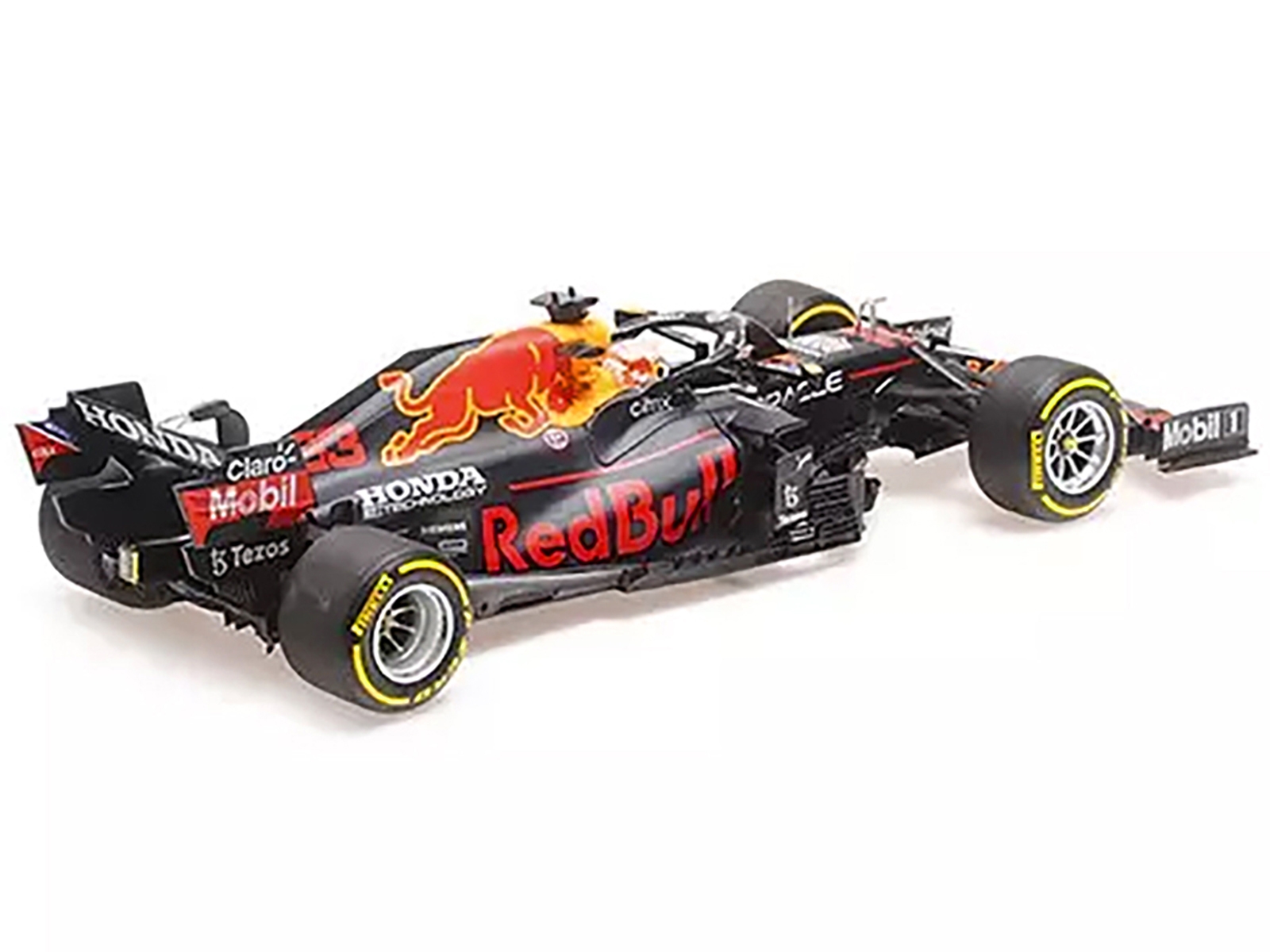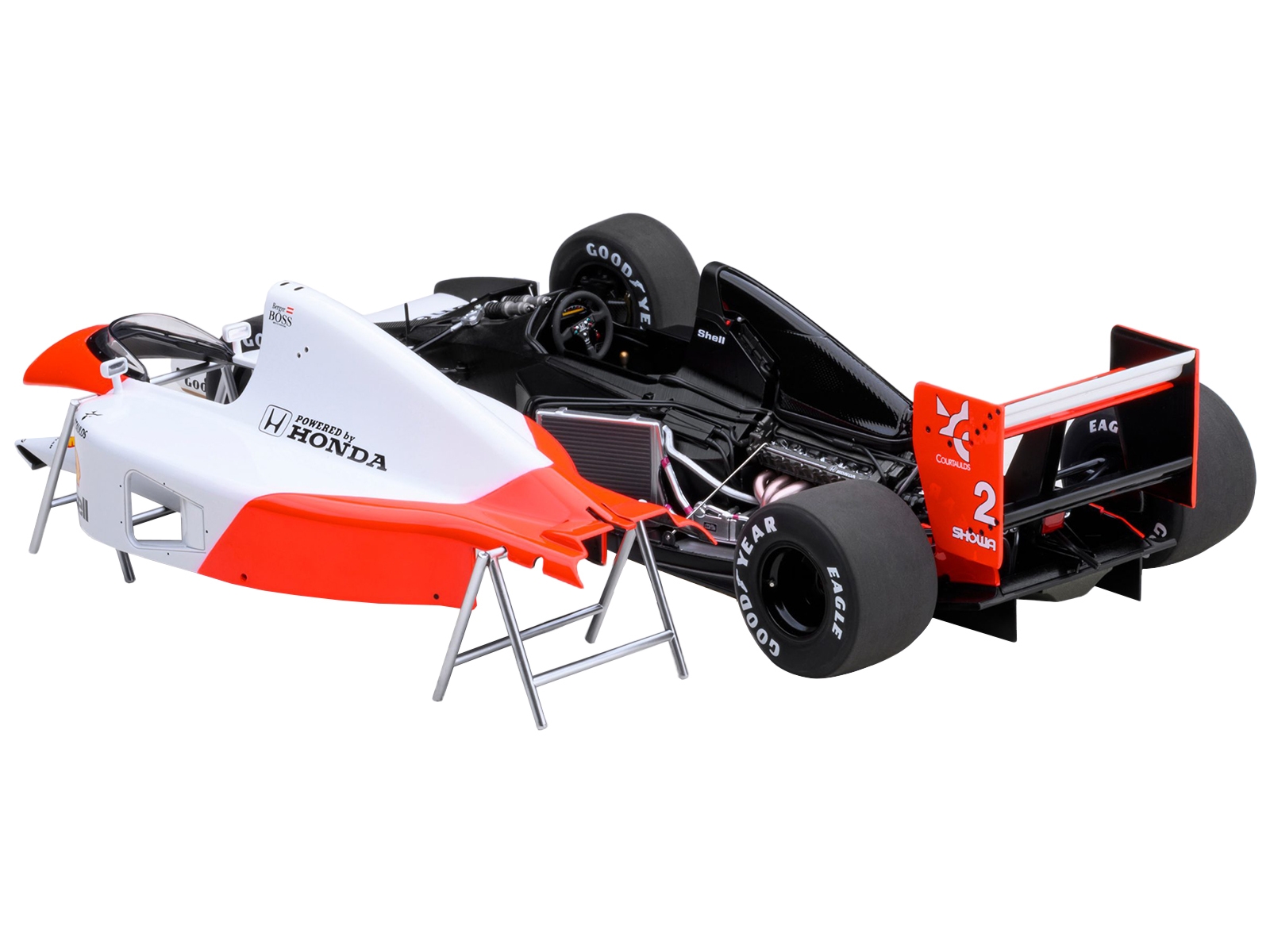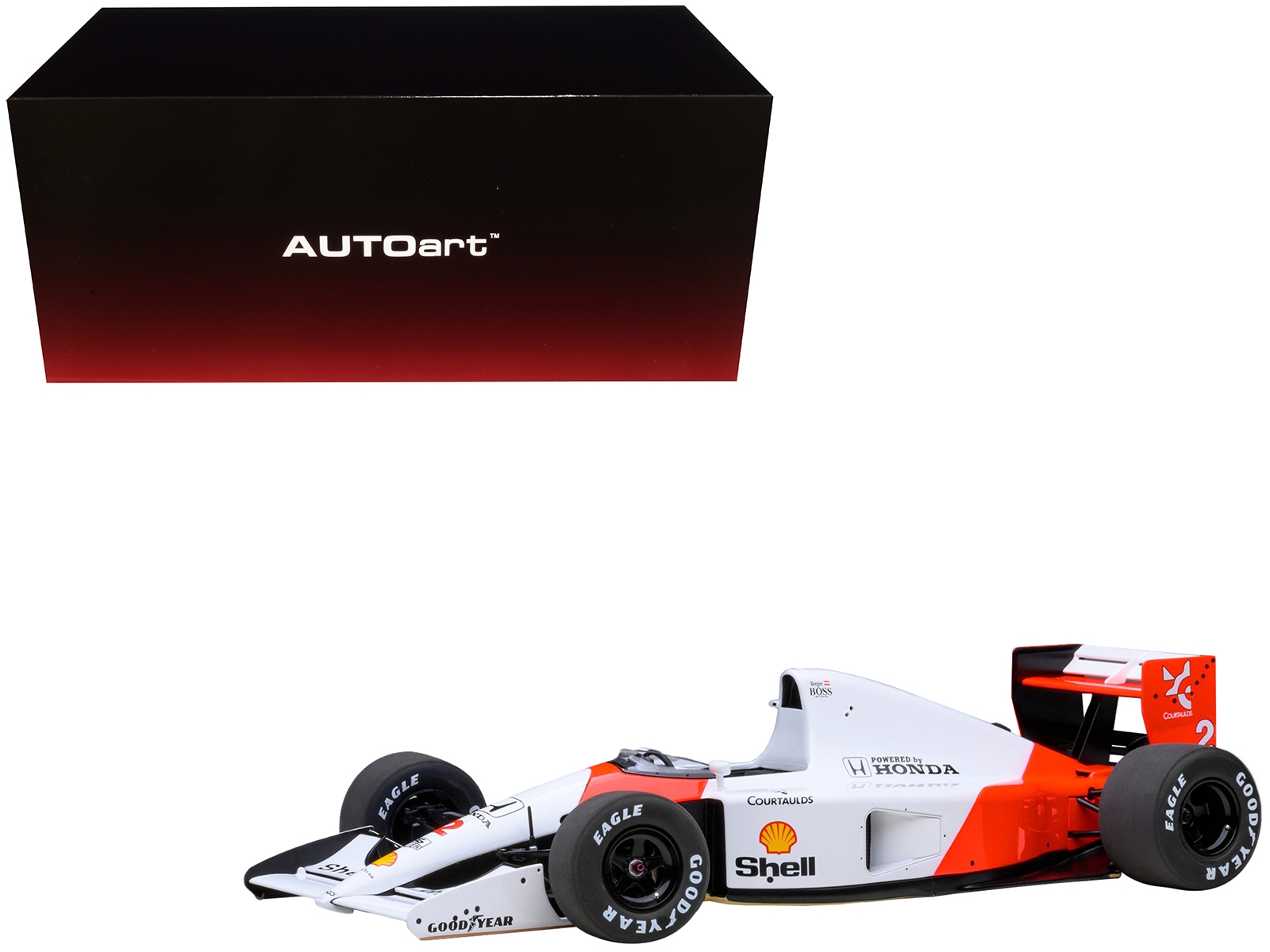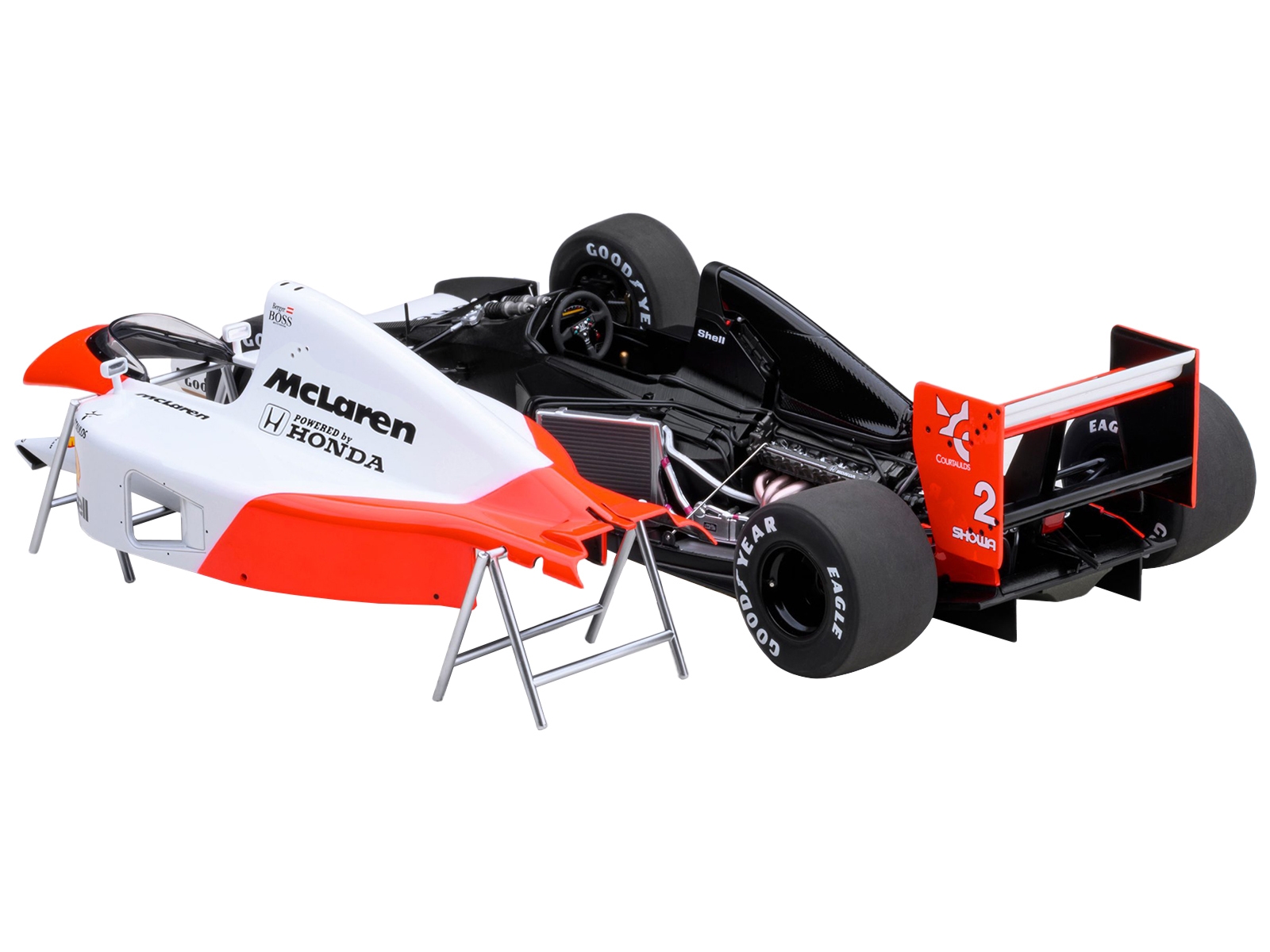Honda Formula 1 Models
h2>IntroductionWhen it comes to Formula One, the iconic name of Honda often evokes images of high-speed racing, technological innovation, and a rich history of competition. This Japanese automotive giant has played a prominent role in the world of Formula One, leaving an indelible mark on the sport through its various participations. This article provides a historical overview of Honda's involvement in Formula One, covering the period up to 2008. In this journey through time, we delve into the details of Honda's three distinct eras in the sport, their achievements, their challenges, and their legacy.
First Era: 1964-1968
Honda's journey in Formula One began in 1964, just four years after the production of their first road car. The development of their first Formula One car, the RA271, had started in 1962 and the resulting vehicle was nothing short of astonishing. What made Honda's entry into the sport truly remarkable was the fact that they built their own engine and chassis, a feat only accomplished by Ferrari and BRM among the other teams running at that time. Honda entered Formula One Grand Prix racing in 1964 just four years after producing their first road car. They began development of the RA271 in 1962 and startled the European-dominated Formula One garages with their all-Japanese factory team (except for American drivers Ronnie Bucknum and Richie Ginther). More startling was the fact that Honda built their own engine and chassis, something only Ferrari and BRM – of the other teams still running in 1962 – had previously done.
In only their second year of competition, Honda reached the coveted top step of the podium with Ginther's win in the RA272 at the 1965 Mexican Grand Prix. For the new 3.0 L rules from 1966, Honda introduced the Honda RA273. Although the RA273's engine was a well-designed 270 kW (360 bhp) V12, the car was let down by a relatively heavy and unwieldy in-house chassis. Honda returned to the winner's circle in 1967 with the new Honda RA300, driven by John Surtees. This won the 1967 Italian Grand Prix in only its first Formula One race. The RA300 chassis was partly designed by Lola in the UK, and this resulted in the car being nicknamed the Hondola by the motoring press. The team finished fourth in the constructors' championship, despite Surtees being their only driver during the season, while Surtees finished fourth in the drivers' championship. The following year's Honda RA301 had a lot of reliability problems, but finished on the podium twice and scored a pole position. The team's new Honda RA302 appeared in only a single race at Rouen-Les-Essarts, lasting only a few laps before its fiery crash resulted in the death of driver Jo Schlesser. The death and the want to focus on selling road cars in the United States prompted Honda to withdraw from Formula One at the end of the 1968 season
Second Era: 1983-1992
Honda's second foray into Formula One began in 1983 when they returned as an engine supplier. This decade-long involvement saw them teaming up with several renowned teams such as Williams, Lotus, McLaren, and finally Tyrrell. It's noteworthy that Honda often supplied their engines to more than one team per season, but they didn't always supply the same specification engines to different teams in the same season.
As an example, in 1987, Williams, having an existing contract, was supplied with the latest 1.5-litre RA167E V6 engine, while Lotus was supplied with the 1986 RA166E engine. This older engine had to be adapted to a lower fuel limit and turbo boost restriction, limiting its effectiveness. However, in the last year of the original turbo era in 1988, both Lotus and McLaren used the same specification RA168E.
Honda's World Championship debut came with Spirit's Swedish driver Stefan Johansson at the 1983 British Grand Prix at Silverstone. Although Johansson retired after just 5 laps due to fuel problems, the 1.5-litre turbocharged V6 engine, dubbed the RA163E, had impressed with its speed. By the final race of the 1983 season in South Africa, Honda had begun its association with Williams, where reigning World Champion Keke Rosberg signified that the Honda was on the pace by qualifying 6th.
1984 was a significant year for Honda as it marked their first win as an engine supplier at the Dallas Grand Prix, courtesy of Keke Rosberg. By the end of the 1985 season, with Briton Nigel Mansell and Rosberg winning the final 3 races of the season, it was clear that Honda had the engine to beat in Formula One.
From 1986 to 1991, Honda engines were the cornerstone of success in Formula One. Their power, reliability, sophistication, and winning track record made them the most coveted engines in the sport. Nigel Mansell, who drove Honda-powered Williams cars from 1985 to 1987, recalled that Honda was so committed to F1 that they were making and developing 4 to 6 totally different engines in a single season. During this period, Honda won six consecutive constructors' championships and five consecutive drivers' championships.







